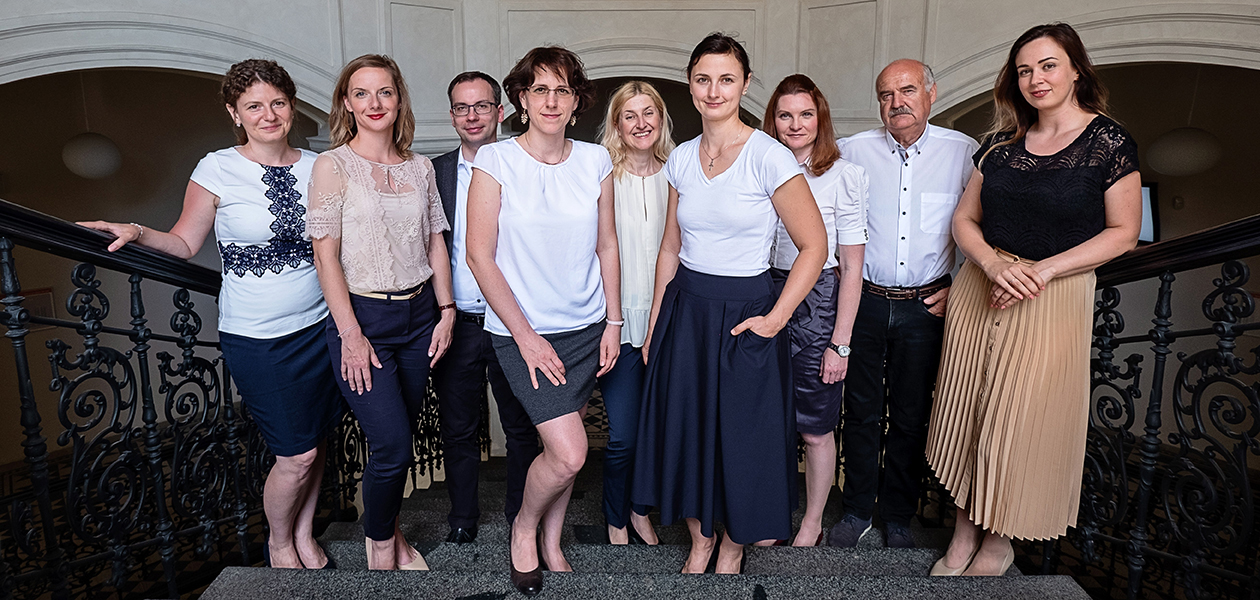A runway for open innovation
The Centre for Technology and Knowledge Transfer at the University of Pardubice is dedicated to supporting open innovation through knowledge transfer and collaboration.
The path of innovation is a long and winding road, beginning from conceptualisation and ending in commercialisation. Creating a successful product requires a vast amount of knowledge, ranging from the technical know-how of product development to understanding consumer demands and market needs.
Open innovation can help to ease this innovation process, breaking down silos and filling knowledge gaps by encouraging collaboration. In the Czech Republic, the University of Pardubice’s Centre for Technology and Knowledge Transfer (CTKT) is one such purveyor of open innovation.
The CTKT actively works with businesses to develop and commercialise new technologies. The centre also serves as a platform for companies to engage with the university’s research capabilities through joint research partnerships or custom research solutions.
In this interview with IPI, Karolina Kasparova, Commercialisation Manager at CTKT, describes the core competencies of the centre, as well as how companies can work with them.
1. What does the Centre for Technology and Knowledge Transfer (CTKT) at the University of Pardubice do and what are your key capabilities?
The CTKT at the University of Pardubice is dedicated to providing a platform that supports the commercialisation of academic research, fostering mutually-beneficial industry partnerships in the process.
Our centre offers a range of services, including the management of intellectual property (IP) and provision of its legal advice, support for proof-of-concept projects and collaborative research and a wide range of ongoing educational activities in the area of technology transfer. The CTKT is also involved in establishing collaborative networks that complement our research capabilities.
2. What is unique about the CTKT's approach to open innovation?
As open innovation becomes more widely accepted throughout the industry, we have been scouting internally for novel and innovative technologies with the potential to address existing market needs. By helping to patent these technologies, we enhance the economic value of our ideas and maximise the potential of our IP.
At CTKT, we actively seek out opportunities to collaborate through our memberships and strategic partnerships with various associations and platforms. Companies looking for new solutions for their businesses can reach out to the University for help, joining the educational programmes and workshops that we organise.
3. Kindly share some examples of how collaborations with the CTKT have benefitted companies in the past.
We have received many favourable testimonials from companies that illustrate the value of our partnership with them. Some of these companies include Cayman Pharma, a pharmaceutical company; and Pardam Nanotechnology, which specialises in nanofibrous materials.
GEOtest, a company we worked with that specialises in geology and environmental remediation, was able to realise several research and commercially-focused projects through the partnership. The collaboration not only helped them gain important knowledge on translating basic research into commercial applications but also helped them attain valuable IP in the process.
4. What kinds of companies and collaborators are you looking to work with?
With services that provide expert mentorship, joint research opportunities, IP administration and more, we are open to forming new partnerships to jointly develop proof-of-concept projects. We are also interested to explore new avenues of collaboration that are aligned with government funding schemes, or with industry advisors that can help our academics enhance their industry-specific knowledge.
5. How can companies begin working with the CTKT?
Our department acts as the conduit between researchers and external collaborators by providing legal support and coordinating various services. Companies can begin working with CTKT by first defining the scope of the collaboration, as well as identifying the expectations for all stakeholders—usually through a mutual non-disclosure agreement or a memorandum of understanding.
Following this, the CTKT will ensure that the contract is negotiated and tailored to address the specific needs of our partners. In terms of licensing and IP, we strive to provide the fairest conditions in compliance with the latest legal framework.

